Essential Guide to Choosing the Best Fish Pet Supply for Your Aquatic Friends
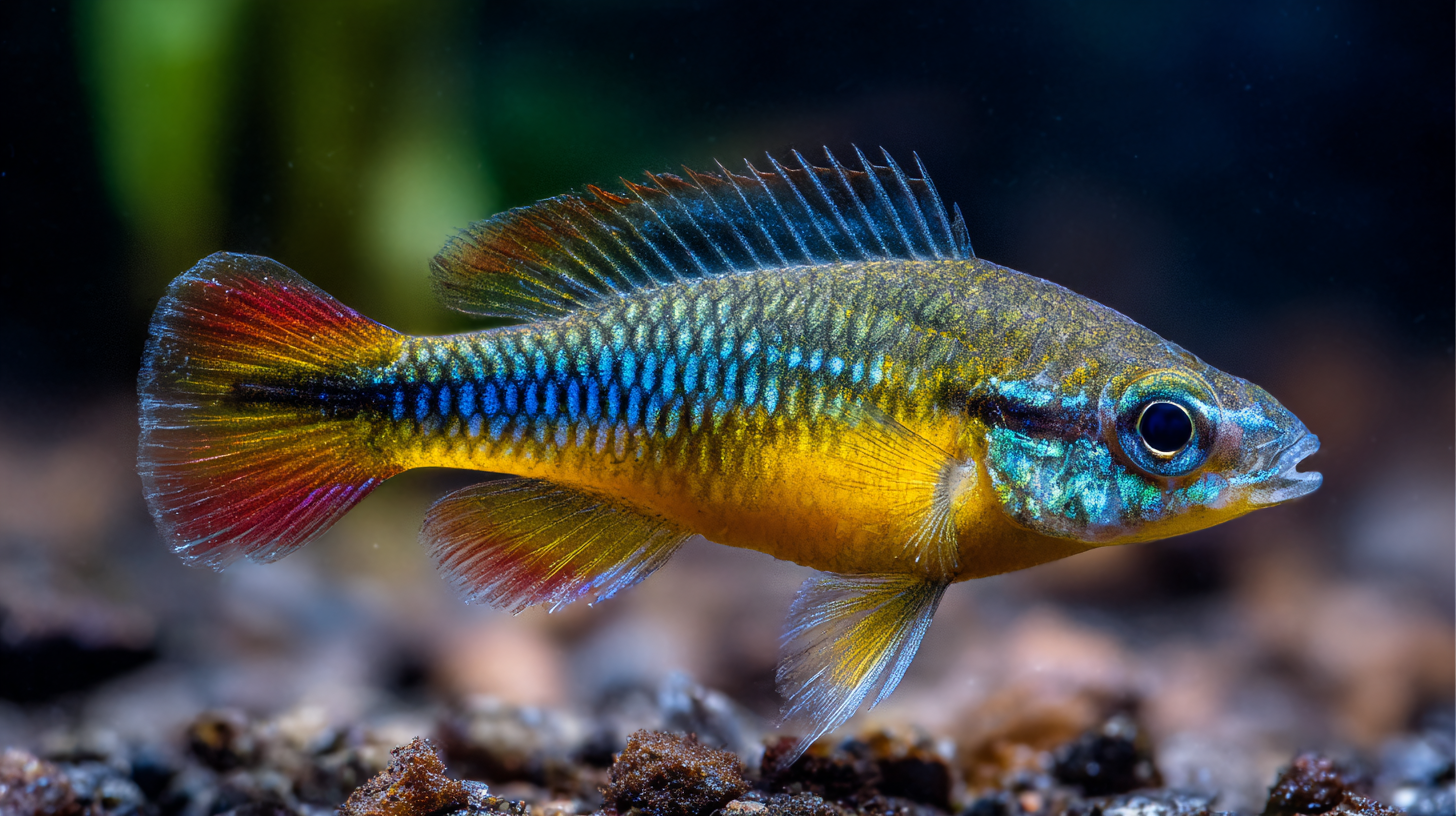 Choosing the right Fish Pet Supply is crucial for ensuring the health and happiness of our aquatic companions. According to the American Pet Products Association (APPA), the pet fish industry has seen a significant surge, with over 12 million households in the United States owning freshwater or saltwater fish. This growing trend emphasizes the importance of selecting appropriate supplies, as the right equipment can directly affect the quality of life for fish, including water quality, filtration systems, and nutritious food options.
Choosing the right Fish Pet Supply is crucial for ensuring the health and happiness of our aquatic companions. According to the American Pet Products Association (APPA), the pet fish industry has seen a significant surge, with over 12 million households in the United States owning freshwater or saltwater fish. This growing trend emphasizes the importance of selecting appropriate supplies, as the right equipment can directly affect the quality of life for fish, including water quality, filtration systems, and nutritious food options.
Furthermore, market research indicates that the global aquarium supplies market is expected to reach approximately $2.3 billion by 2026, showcasing the increasing investment in high-quality fish pet supplies. This essential guide is designed to help fish enthusiasts navigate the myriad of options available, ensuring they make informed choices that promote the well-being of their aquatic friends.
The Importance of Water Quality: Understanding pH, Ammonia, and Nitrate Levels for Fish Health
Maintaining optimal water quality is vital for the health of your aquatic friends. Parameters like pH, ammonia, and nitrate levels play crucial roles in creating a safe environment for fish. According to the American Fisheries Society, pH levels should ideally range between 6.5 and 7.5 for most freshwater species, while saltwater fish generally thrive at slightly higher pH levels. Regular testing of these parameters using reliable kits can help detect imbalances before they affect fish health.
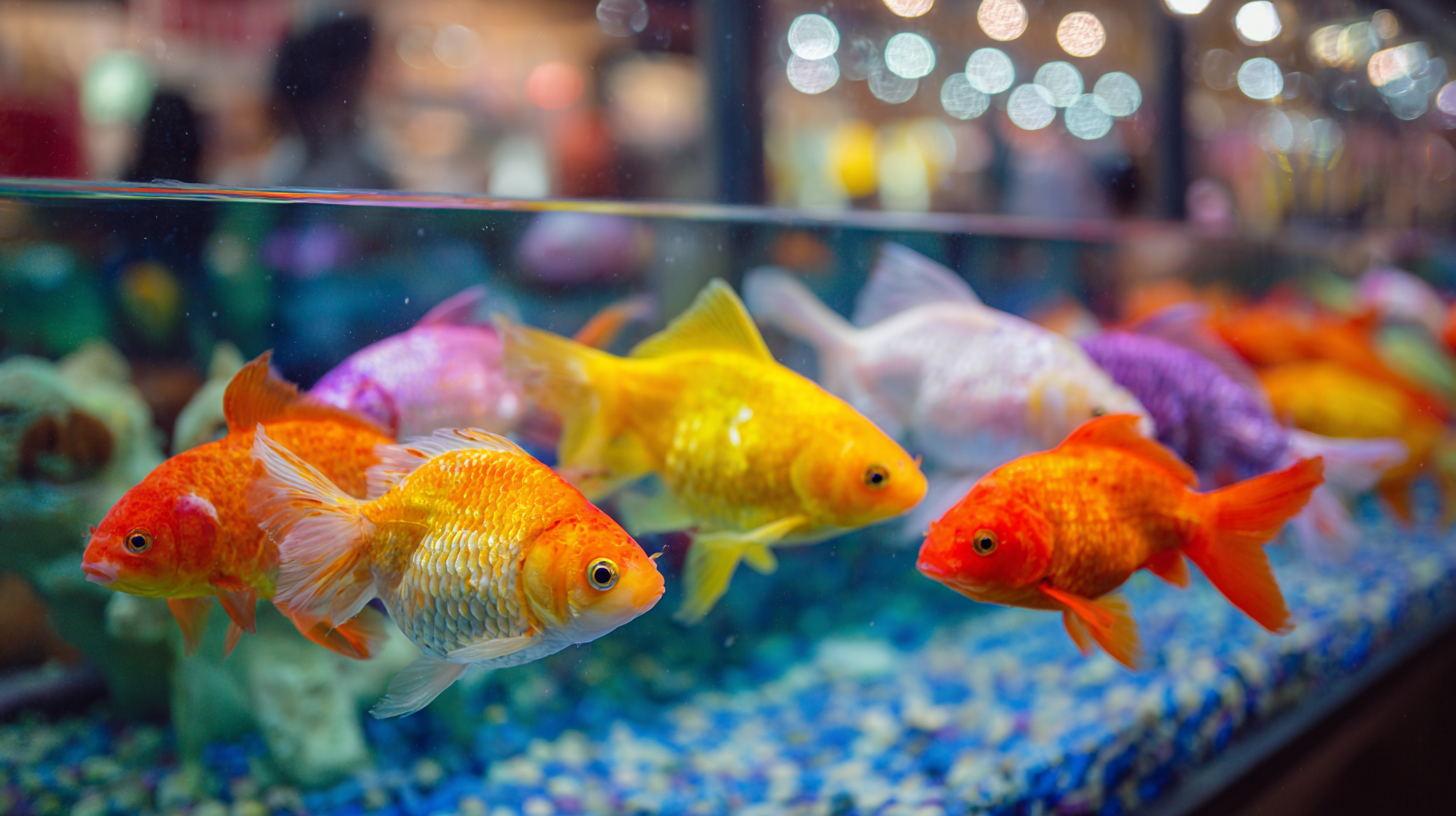
Nitrates, while less toxic than ammonia, can accumulate and become problematic when levels exceed 40 mg/L. Regular water changes and utilizing live plants can help manage nitrate levels effectively. Remember, maintaining water quality is not just about chemical levels; it's about creating a stable environment that supports your aquatic friends' health and well-being.
Selecting the Right Aquarium Size: How Tank Dimensions Impact Fish Growth and Behavior
When selecting an aquarium for your fish,
the tank dimensions play a critical role in the overall health and well-being of your aquatic friends. Research indicates that insufficient space can significantly impact fish behavior and growth.
According to the Journal of Fish Biology, species such as goldfish can experience stunted growth and increased stress levels if housed in tanks smaller than 20 gallons.
This is primarily due to the limited swimming space and inadequate water quality that smaller setups often fail to provide.
Moreover, larger aquariums can help maintain stable water parameters, which is vital for fish vitality.
The Marine Aquarium Societies of North America suggests that a minimum of 30 gallons is more suitable for managing bioload in community tanks, as it dilutes the concentration of waste products.
Additionally, studies show that fish demonstrate more natural behaviors and less aggression in spacious environments.
Therefore, when selecting an aquarium, it's crucial to not only consider the type of fish but also to prioritize larger tank sizes to foster a healthier, more harmonious aquatic ecosystem.
Essential Fish Food Types: Choosing Between Flakes, Pellets, and Freeze-Dried Options
When it comes to selecting the right food for your aquatic friends, understanding the different types available is crucial. The three primary options—flakes, pellets, and freeze-dried food—each have distinct benefits. Flakes are often a go-to choice for many fish owners, as they float on the surface, making them easily accessible for fish that feed near the top. However, be mindful not to overfeed, as leftover flakes can pollute the water.
Pellets provide a more nutrient-dense option and are designed for fish that require a varied diet. They tend to sink, catering to species that prefer to forage along the tank bottom. It's vital to choose pellets that are appropriate in size for your fish, ensuring they can easily consume them without choking.
Freeze-dried options offer versatility and are an excellent addition to your fish diet. They maintain nutritional content while providing a treat-like experience. As a tip, it's always beneficial to rotate between different food types to give your fish a balanced diet, keeping them healthy and vibrant. With the right food selection, your aquarium can thrive, making fish-keeping a truly rewarding experience.
Essential Guide to Choosing the Best Fish Pet Supply for Your Aquatic Friends
| Food Type | Benefits | Considerations | Best For |
|---|---|---|---|
| Flakes | Easy to digest, variety of nutrients | Can create surface scum, less suitable for larger fish | Small to medium-sized fish |
| Pellets | Slow sinking, minimizes waste | May not be accepted by all fish | Variety of fish sizes |
| Freeze-Dried | High protein content, retains nutrients | Can cause digestive issues if not rehydrated | Carnivorous fish and special diets |
Top 5 Aquarium Filters: Comparing Types and Their Impact on Maintaining Clean Water
When selecting the best aquarium filter for your aquatic friends, it's essential to understand the different types available and their impact on maintaining clean water. Aquarium filters play a crucial role in ensuring the health of your fish and the clarity of the water. The most common types include canister filters, hang-on-back filters, and internal filters, each with its own advantages and suitable applications based on tank size and fish species.
For instance, canister filters are highly effective for larger tanks and provide powerful filtration due to their multi-stage setup. Hang-on-back filters are user-friendly and great for beginners, offering decent filtration without taking up too much space. Internal filters, while ideal for small tanks, can also serve as a cost-effective solution for maintaining water quality. Ultimately, choosing the right filter involves considering not just the size of your aquarium but also the specific needs of your fish, thus ensuring a thriving aquatic environment.
Must-Have Fish Care Supplies: From Heaters to Decor for a Thriving Aquatic Environment
Creating a suitable environment for your aquatic friends is essential for their well-being, and having the right supplies is the first step toward a thriving aquarium. Start with a quality heater; maintaining a consistent water temperature is crucial for the health of your fish. Look for a heater that is appropriately sized for your tank, and consider investing in a thermometer to regularly monitor the temperature.
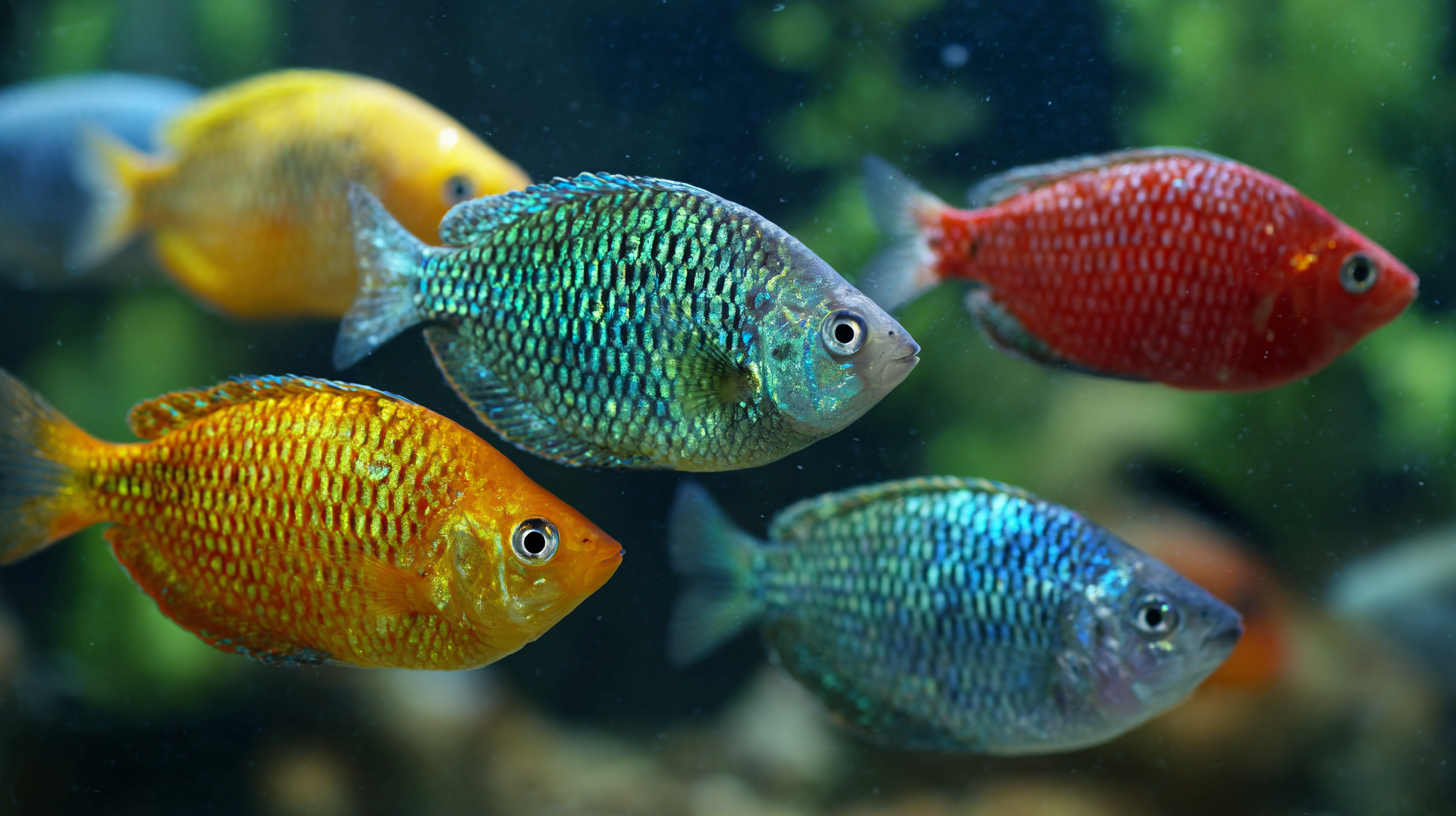
Another important aspect of fish care is filtration. A good filtration system will keep your water clean and oxygenated, promoting a healthy habitat for your fish. Tips for choosing a filter include selecting one that can handle the volume of your aquarium and considering the type of fish you have, as some species require specific water conditions.
Finally, don’t overlook the decor! Adding plants, rocks, and hiding spots not only enhances the aesthetic of your aquarium but also provides a natural environment where fish can explore and feel secure. Opt for decorations that are safe for aquatic life and ensure that they don’t have sharp edges that could injure the fish. This combination of essential supplies will help you create an ideal aquatic environment for your fish.
Related Posts
-
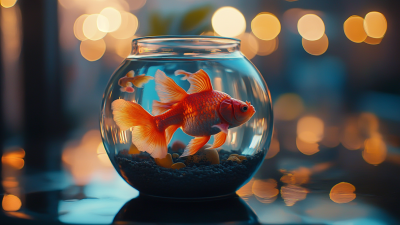
Exploring the Unique Features and Suitable Applications of Fish Pet Supplies
-
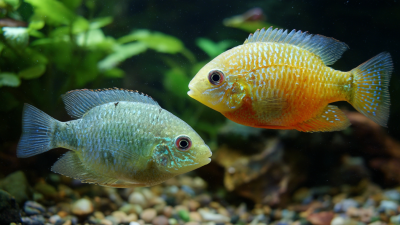
15 Genius Tips for Choosing the Best Fish Aquarium Products
-
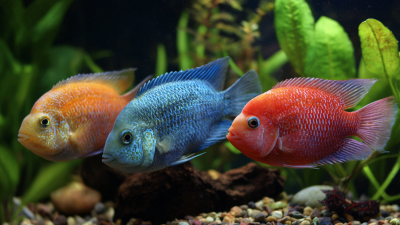
How to Choose the Best Fish Pet Supply for Your Aquatic Companions
-

10 Best Aquarium Air Pumps for Optimal Fish Health in 2023
-
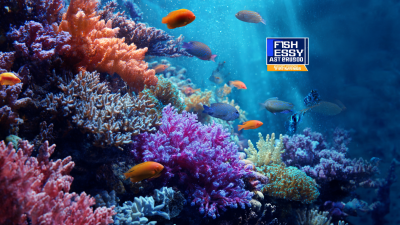
What is the Ultimate Guide to the Best Fish Aquarium Products for Global Buyers
-

5 Essential Tips for Finding the Best Pet Items Online
Copyright © 2021 Payless Pet Products - All Rights Reserved.